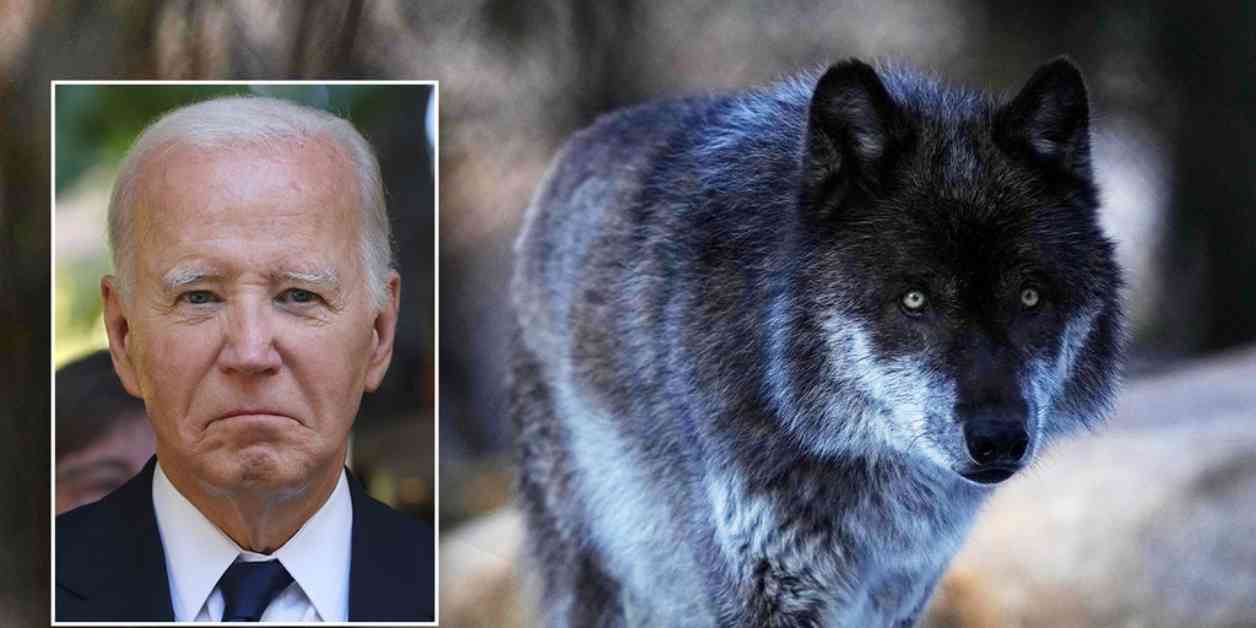The Biden administration is making moves to reinstate a controversial Trump-era rule that lifted endangered species protections on gray wolves in the United States. Gray wolves were delisted from the Endangered Species Act (ESA) under President Trump in 2020, which returned the management of gray wolf populations to state and tribal wildlife professionals, according to a press release from the Department of the Interior.
Legal Backlash and Reversal
However, a federal judge overturned Trump’s decision in 2022 after environmental groups sued the Department of the Interior over the delisting, reinstating protection for the species. Currently, gray wolves are protected under the ESA as “threatened” in Minnesota and “endangered” in the remaining states, except for those in the Northern Rocky Mountain region, according to the U.S. Fish and Wildlife Services. Despite this, a recent filing by the Biden administration suggests that the Trump-era ruling should be reinstated.
Legal Battles Continue
Attorneys with the Justice Department filed a motion with the 9th U.S. District Court of Appeals to reverse the court’s decision on the Trump-era delisting and lift ESA protections on gray wolves. The Biden administration’s argument is that gray wolves no longer meet ESA standards of protection as they are no longer considered “endangered” or “threatened.” Court documents referenced the 2020 ruling from Trump’s Department of Interior Fish and Wildlife Service that delisted the wolf species.
Support for Delisting
A group of 20 House Republicans had previously sent a letter to U.S. Fish and Wildlife Service (FWS) Director Martha Williams, urging the Biden administration to remove protections for the gray wolf. They cited conflicts with ranchers and farmers as reasons for delisting. In February, FWS rejected requests from conservation groups to restore protection for gray wolves across the Northern Rocky Mountain region.
Legislative Action
In April, a bipartisan group of House lawmakers passed legislation to end federal protection for gray wolves and remove them from the endangered species list. This move has sparked debate and controversy among wildlife conservationists and advocates.
Impacts on Livestock
One of the main concerns surrounding the delisting of gray wolves is the impact on livestock. Wolves reintroduced in Colorado have been blamed for repeated attacks on livestock, causing financial losses for farmers and ranchers. The conflicts between wolves and livestock have raised questions about the coexistence of these animals in shared habitats.
Scientific Analysis
The Biden administration’s argument for delisting gray wolves is based on a scientific analysis that suggests the species no longer meets the criteria for protection under the ESA. They claim that the 2020 ruling by the Department of Interior Fish and Wildlife Service was well-reasoned and supported by the administrative record.
Environmental Groups’ Opposition
Environmental groups have been vocal in their opposition to the delisting of gray wolves, citing the importance of protecting these apex predators for ecosystem health and biodiversity. They argue that gray wolves play a crucial role in maintaining balanced ecosystems and should continue to receive protections under federal law.
Future Implications
The ongoing legal battles and political debates surrounding the delisting of gray wolves highlight the complexities of wildlife conservation and management. The outcome of these discussions will have far-reaching implications for the future of gray wolf populations in the United States and the broader ecosystem.
In conclusion, the Biden administration’s efforts to reinstate the Trump-era rule delisting gray wolves from the Endangered Species Act have sparked controversy and debate. While some argue for the removal of protections based on conflicts with livestock and scientific analysis, others advocate for the continued conservation of these iconic predators. The outcome of these legal battles and legislative actions will shape the future of gray wolf populations and wildlife management in the United States.




